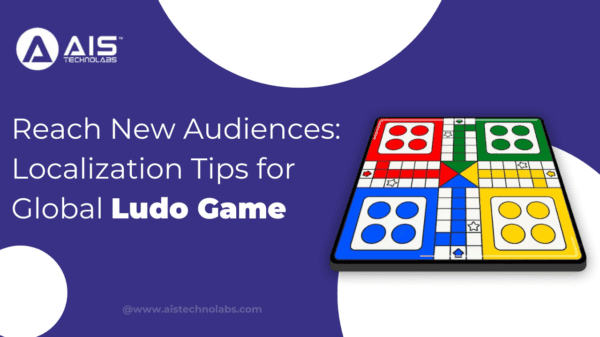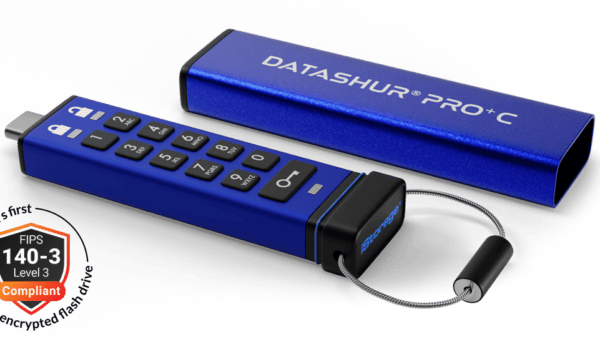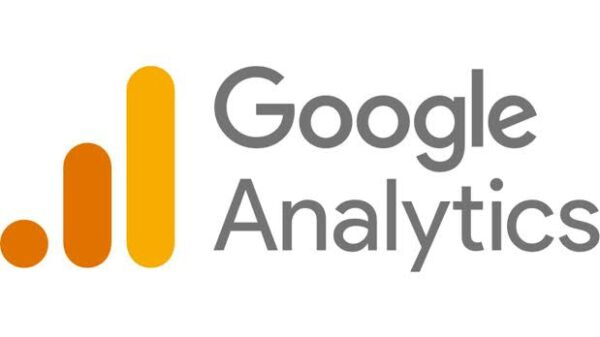Google Universal Analytics
Google Universal Analytics is the latest set of analysis technologies, that provides businesses with an effective way of measuring not only the online traffic, but also all the other engagement and interaction in the digital world. This technology is different from its predecessor (Google analytic) because it enables one to programmatically transfer or send the platform of any event they want. With the old version (Google analytic), developers could only send information to the page loads. In a nutshell, Universal analytics provides developers with access to a set of features that were initially non-available in the development environment e.g. it provides an individual with the capacity to set or adjust custom dimensions and multi-platform and metric tracking.
Some of the new features include:
1. Referal exclusions
2. Search term exclusions
3. Campaign and session timeouts
4. Mobile application analytics
5. Customized organic search sources
6. Metrics and custom dimensions
Referral exclusions
This feature enables you to prevent your site from being a referring source, especially when your domain is registered in referral traffic
Search term exclusions
This feature is useful when you don’t want certain search terms to appear in your analytic report. For instance, if you don’t want branded terms e.g. your domain or company name to appear in your reports, search term exclusions enables you to omit them from keyword reports and instead indicate them as direct traffic.
Mobile application analytics
It helps to highlight mobile-app exact usage data as well as integrating this data with your Google (analytic) account. It’s performance metrics comprises of: networks and devices used to access app, number of installations, languages spoken by visitors and geographic location, customized tracking of contents, in-app purchase totals and number of screen seen per visit.
Campaign and sessions timeout
The default session end time is 30 minutes and 6 months for campaigns. With this feature, you can adjust your settings to fit your promotions and business.
For instance, if your site demands users attentions of more than 30 minutes (e.g. online marketing or training), you can adjust the settings to take more than 30 minutes. For campaign timeouts, you can adjust the settings to fit the campaign period.
Note: Campaign timeouts cannot be more than 2 years.
Customized search sources
This feature enables you to link the incoming traffic to the source, by use of priority listing. For example, the search traffic is linked to a search engine (first search engine on the list that matches the query parameter and the domain name).
It also enables you to rearrange the search engine list so as to prioritize or rank how visits are accredited. With this feature; you can also omit a search engine from the list, meaning that the traffic will be noted as referral traffic and not organic.
Metrics and custom dimensions
When developing custom reports, one usually selects contents from a pre-defined list of metrics and dimensions. With Google universal analytics one can alter custom dimensions (custom metrics, visitor level, currency, integer, hits and time).
What can you do with Google universal tracking?
1. Track multiple visits – the capacity to anonymously recognize the return of certain users to your site.
2. Tracking across different devices – helpful in analyzing users or consumer behaviors in relation to usage in different devices.
3. CRM linkage with your site users – this enables you to assess and evaluate how the different multiple demographic access contents.
4. This technology also enables you to track across different browsers – you can be able to detect when a certain user, changes browser.

1 Comment
Leave a Reply
Cancel reply
Leave a Reply
This site uses Akismet to reduce spam. Learn how your comment data is processed.























































































































































































Raymond Sam
March 7, 2014 at 7:13 pm
What sucks is that the universal doesn’t support the demographics feature yet,